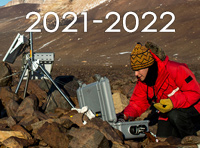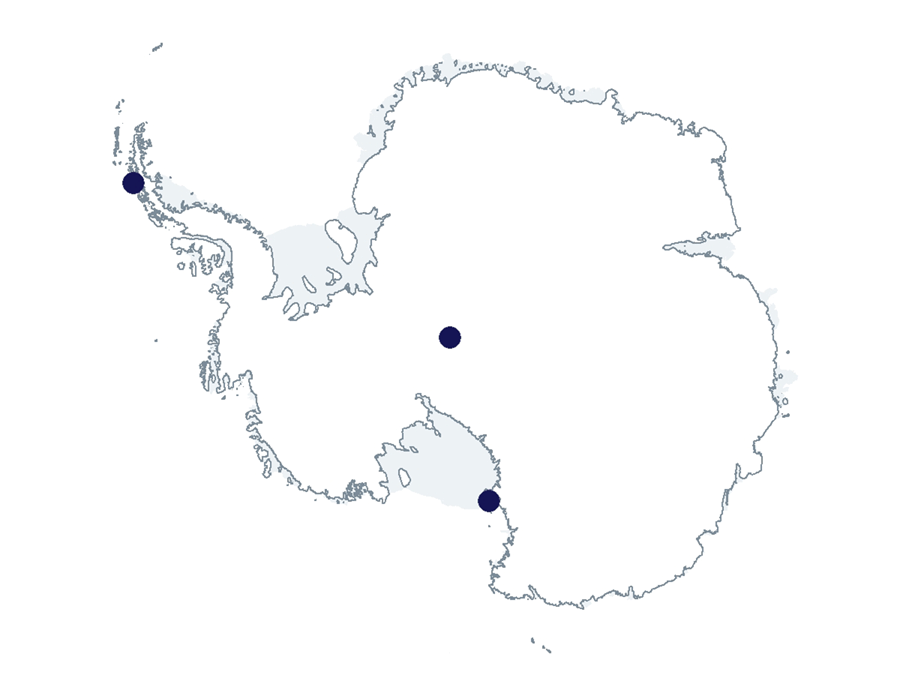2021-2022 USAP Field Season
Project Detail Project TitleThe next generation of Geospace research facilities at South Pole and McMurdo Stations Summary
Event Number:
Program Director:
ASC POC/Implementer: Principal Investigator(s)
Dr. Andrew Gerrard
Location
Supporting Stations: McMurdo Station, Palmer Station, South Pole Station DescriptionThe polar caps are specific areas around the geomagnetic poles where geomagnetic field lines are open and directly interact with the interplanetary magnetic field. Consequently, Antarctica is an ideal location for geospace research, as its land mass provides superior siting for observation of the Earth’s high geomagnetic latitude magnetic field lines, thereby facilitating studies of the polar cap, cusp, auroral zone, and the geosynchronous altitude where communications satellites orbit, and allowing for extended and continuous observations of the sun. Because of these unique aspects, Antarctic stations have long been outfitted with a variety of instrumentation for observational studies of the geospace environment. This project integrates clustered instrumentation at all three USAP stations to examine the entire Geospace system. Instruments include ground-based fluxgate and search-coil magnetometers, extremely low (ELF), very-low (VLF), and high frequency (HF) receivers, imaging and broadband riometers, sky-looking optical systems, and GPS scintillation-rated receivers, and more. Much of this equipment has a long, rich history and is decades old, having been installed in the 1980s (or earlier!). Field Season OverviewMcMurdo and South Pole Stations The 2021-2022 field season may involve one person traveling to McMurdo and South Pole Stations to do yearly maintenance on the systems at each station. The reduced operational footprint is due to ongoing COVID-19 impacts, eliminating additional team members from both the U.S. and Japan. Palmer Station This year, there will be no additional activities at Palmer Station. The project's fluxgate magnetometer and VLF receiver will be run by a research associate, as in past years.
|
2021-2022 Science Planning Summaries



For USAP Participants |
For The Public |
For Researchers and EducatorsContact UsNational Science FoundationOffice of Polar Programs Geosciences Directorate 2415 Eisenhower Avenue, Suite W7100 Alexandria, VA 22314 Sign up for the NSF Office of Polar Programs newsletter and events. Feedback Form |



